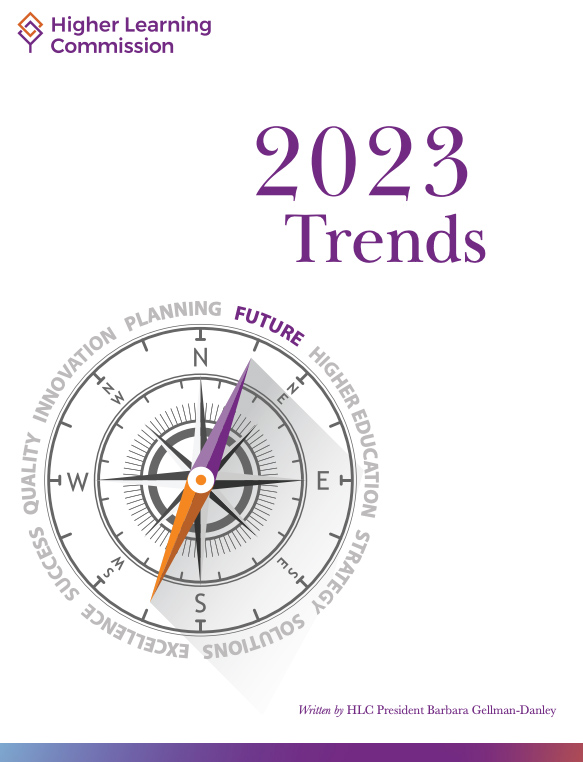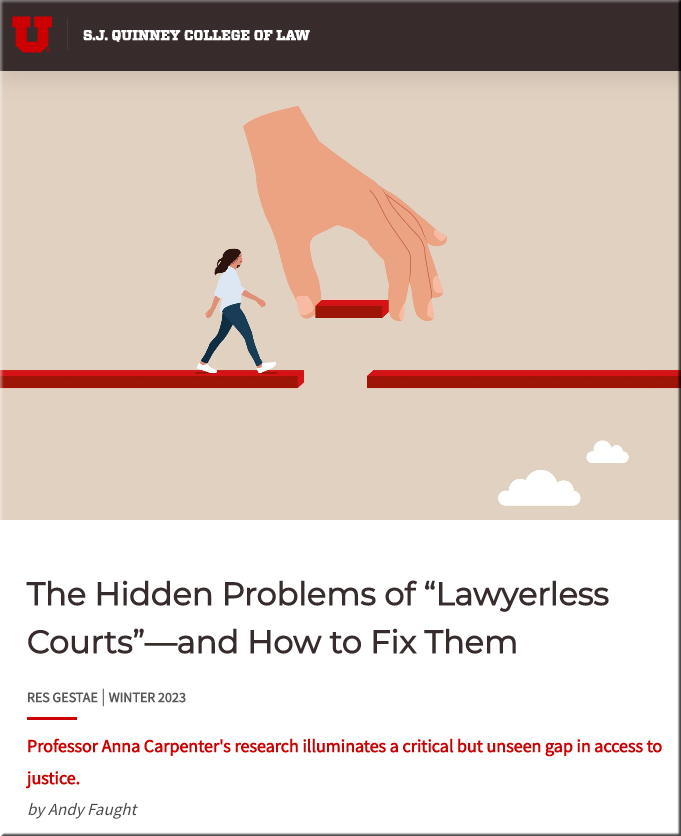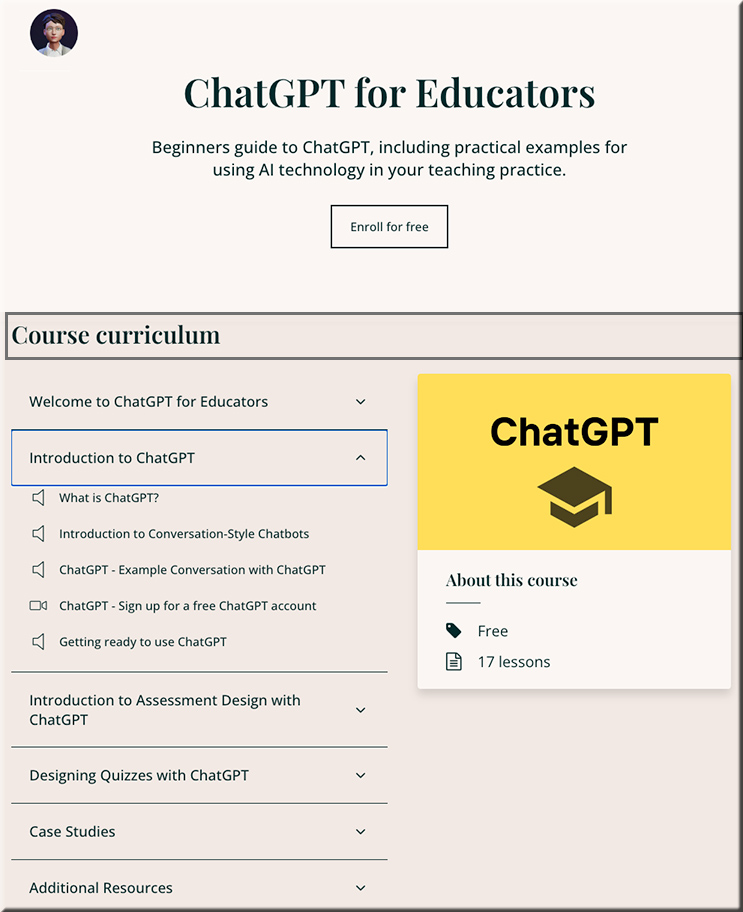Which trends are on your radar? Fantastic resource for #HigherEducation about the changing ecology: Higher Learning Commission’s Annual Trends Report. https://t.co/Lzgph6u3lP
— Melanie Booth, Ed.D. (@boothmelanie) March 25, 2023
A Spotify model of personalised higher education — from timeshighereducation.com by Michael Rosemann and Martin Betts
With technology offering greater potential for a personalised approach to higher education, Michael Rosemann and Martin Betts look at what universities can learn from the ubiquitous music platform Spotify
Excerpts (emphasis DSC):
Selection, or the P(upil)-route as educationalist Dan Buckley calls it, means personalisation driven by the learner. This is the fastest-moving form of personalised learning. Not only do students benefit from true omnichannel education – choosing between face to face and online – they also independently navigate the internet’s resources and online databases in search of the knowledge that will help them to achieve their learning targets.
…
Automation, or the A-route, is the new enabler of personalised learning. As with personalised medicine, finance or entertainment, education is starting to use digital technologies to unlock new models of tailored engagement. While for most universities, AI-driven, personalised education is not an option as the required capabilities are missing and significant investments would be necessary, there is a range of alternative forms of automated personalised learning. For this, we look to providers outside the sector for inspiration.
Here are Spotify-inspired ideas that universities ambitious enough to provide personalised learning could explore.
From DSC:
Rosemann & Betts use the term “omnichannel education” — I like that term. Very nice.
Instructional Design 2023: Experts Share Top Predictions — from td.org by Jes Thompson
“As technology options continue to increase for IDs, they’ll have a lot to choose from to create useful learning experiences. To prove our worth to the organizations we work for, it will be more important than ever to focus on the solution rather than the technology—especially as layoffs continue in the tech industry. Hopefully we’ll see a greater presence in events and online networks as people try to find new roles. I think we’ll continue to see an influx of educators coming into the profession too. As a field, we’re in a great place to learn from the experience of others and to use technology to find innovative ways to support our learners.”
—Heidi Kirby, Customer Education Manager and Co-Founder, Useful Stuff
“I think we’ll continue to see an influx of educators coming into the profession too.” — which brings me to another article:
Edtech Career Opportunities: 7 Tips To Stand Out At A Job Fair — from teachercareercoach.com
Excerpts (emphasis DSC):
Are you a transitioning teacher looking for an edtech career? If so, you’re in luck! Jeff Patterson, the CEO of Gaggle, hosts virtual Edtech Career Fairs.
…
This is a great chance to learn about the edtech industry and connect with key players. So, grab your pen and paper and get ready to take notes! We’ll be sharing some insight to help you make the most of your experience and stand out from the crowd. Let’s get started!
The Thomson Reuters Institute’s biennial report found that growth of ALSPs has “dramatically accelerated.” It is up 45% since the last report in 2021, with a compound annual growth rate of 20% for fiscal years 2020 and 2021…https://t.co/cVNH8dKHRs via @ABAJournal #legal
— Daniel Christian (he/him/his) (@dchristian5) February 10, 2023
DC: It will be interesting to see how ALSPs use ChatGPT, GPT versions 3.5 and above, and other areas of #legaltech
Alternative legal services providers hit $20.6B share of legal market, new report says — from abajournal.com by Matt Reynolds
Excerpt:
Alternative legal services providers, or ALSPs, have shown accelerated growth and now make up $20.6 billion of the legal market, according to a report published Tuesday.
The Thomson Reuters Institute’s biennial report found that growth of ALSPs has “dramatically accelerated.” It is up 45% since the last report in 2021, with a compound annual growth rate of 20% for fiscal years 2020 and 2021, according to the report, titled Alternative Legal Services Providers 2023: Accelerating growth & expanding service categories.
ABA panel deals a blow to test-optional push — from highereddive.com by Jeremy Bauer-Wolf
Dive Brief:
- The American Bar Association’s policymaking body rejected a plan Monday that would end the requirement that ABA-accredited law schools use the Law School Admission Test or another standardized assessment in admissions.
- The ABA House of Delegates voted against the change to the organization’s policy that mandates admissions tests — exams detractors say contribute to middling diversity in legal education. Nearly 600 officials comprise the House of Delegates, which took a voice vote on the plan, meaning a precise count was not available.
- However, the proposal isn’t dead. It could be revived and approved unilaterally by the Council of the Section of Legal Education and Admissions to the Bar…
Excerpts:
Every year, 20 million Americans find themselves in state civil courts facing life-altering events such as divorce, child custody deliberations, eviction, and missed bills.
But unlike in criminal courts, where defendants have a constitutional right to legal representation, the same guarantee isn’t afforded in state civil courts. Most people in these courts are low- to middle-income and unable to afford help. They must strike out on their own to blindly navigate byzantine legal protocols.
“The civil justice system is broken in our state courts,” says Utah Law Professor Anna Carpenter, whose research examines state civil courts, the judges who preside in them, and access to justice. She is part of a four-person research team that pioneered a new body of scholarship that analyzes state civil courts.
“I challenge anyone, especially lawyers, to go sit in one of these courtrooms and watch the tragic, day-to-day reality,” Carpenter says. “You’ll see why we believe these courts are the emergency rooms of our justice system.”
The Future of Legal Technology with Gabe Teninbaum
Canary in the coal mine for coding bootcamps? — from theview.substack.com by gordonmacrae; with thanks to Mr. Ryan Craig for this resource
Excerpt:
If you run a software development bootcamp, a recent Burning Glass institute report should keep you awake at night.
The report, titled How Skills Are Disrupting Work, looks at a decade of labor market analysis and identifies how digital skill training and credentials have responded to new jobs.
Three trends stuck out to me:
- The most future-proof skills aren’t technical
- Demand for software development is in decline
- One in eight postings feature just four skill sets
These three trends should sound a warning for software development bootcamps, in particular. Let’s see why, and how you can prepare to face the coming challenges.
Also relevant/see:
Issue #14: Trends in Bootcamps — from theview.substack.com by gordonmacrae
Excerpt:
Further consolidation of smaller providers seems likely to continue in 2023. A number of VC-backed providers will run out of money.
A lot of bootcamps will be available cheaply for any larger providers, or management companies. Growth will continue to be an option in the Middle East, as funding doesn’t look like drying up any time soon. And look for the larger bootcamps to expand into hire-train-deploy, apprenticeships or licensing.
As Alberto pointed out this week, it’s hard for bootcamps to sustain the growth trajectory VC’s expect. But there are other options available.













